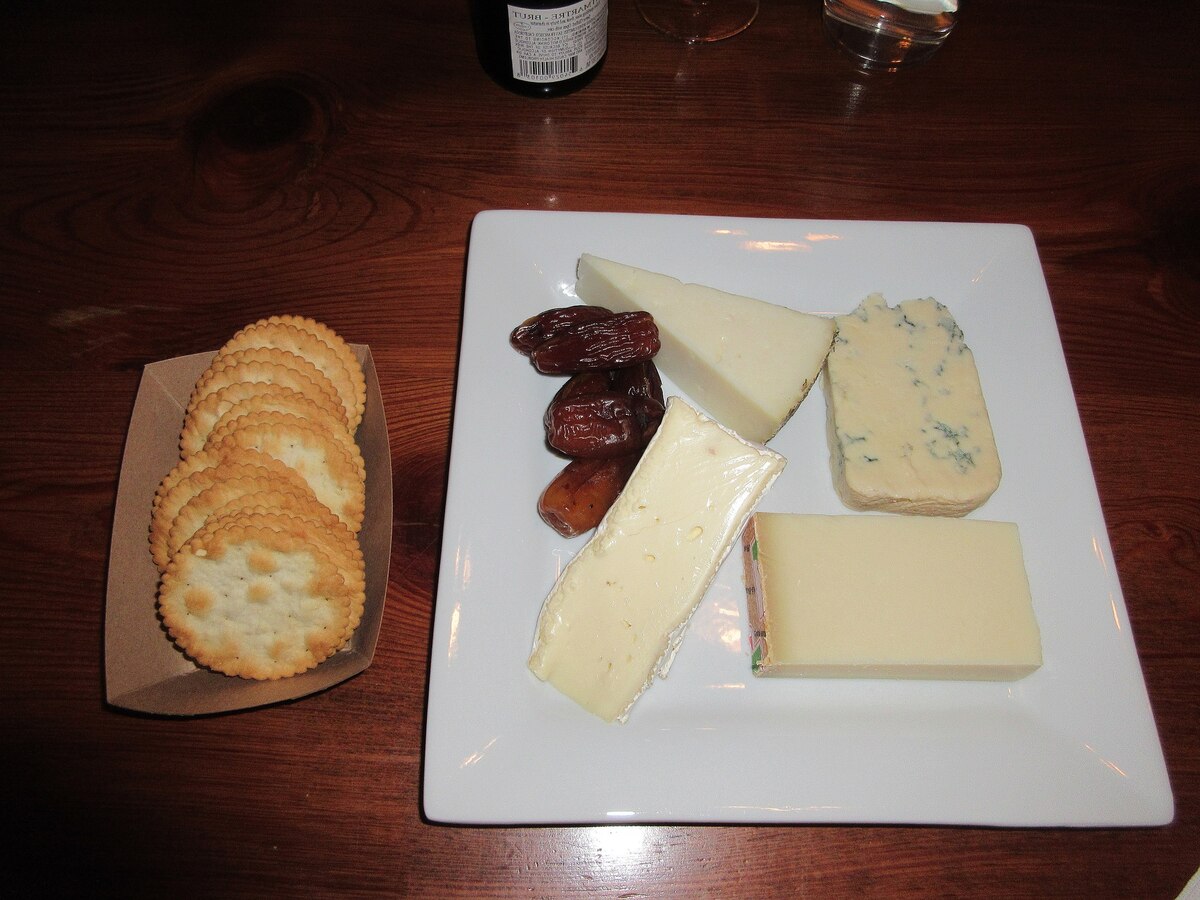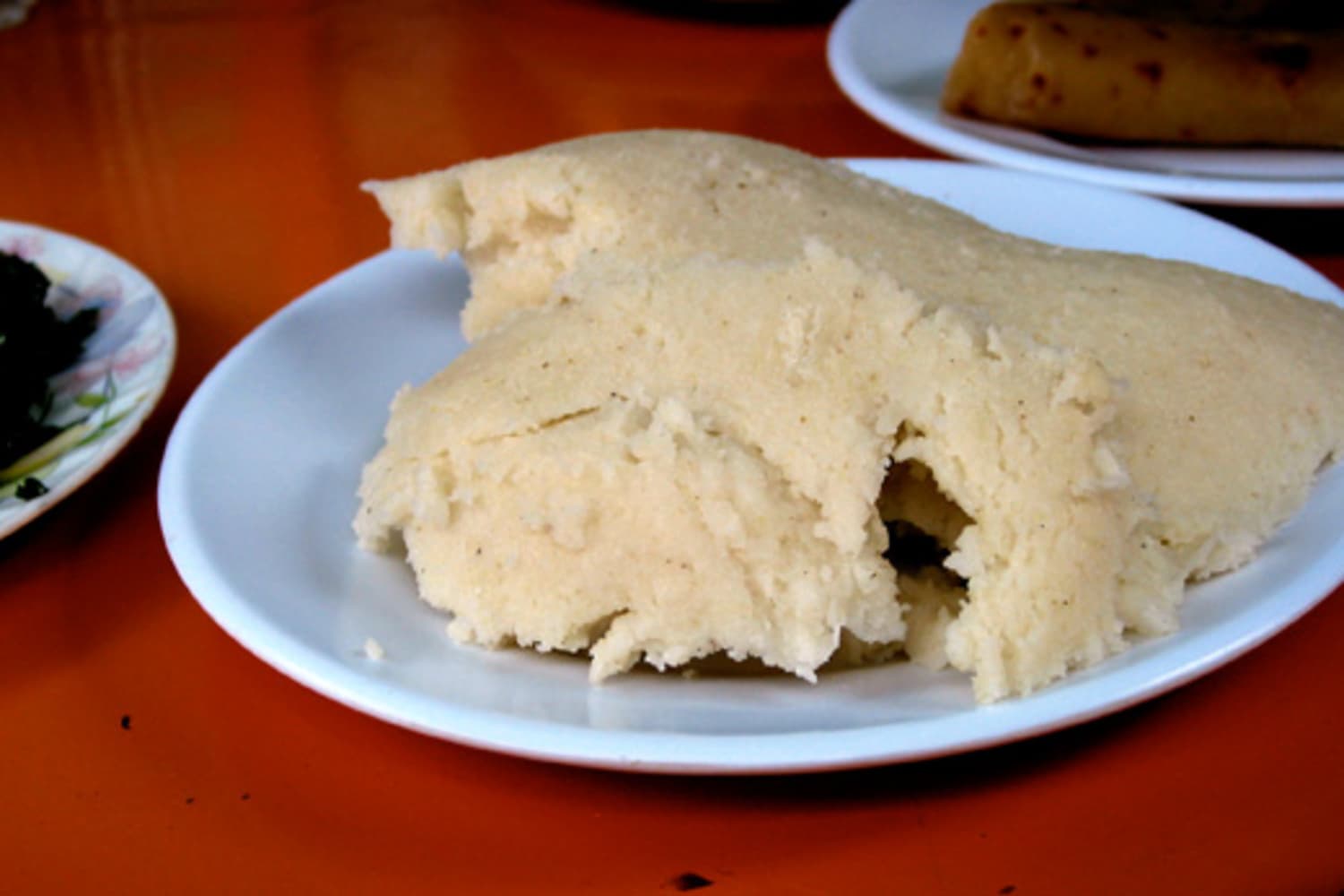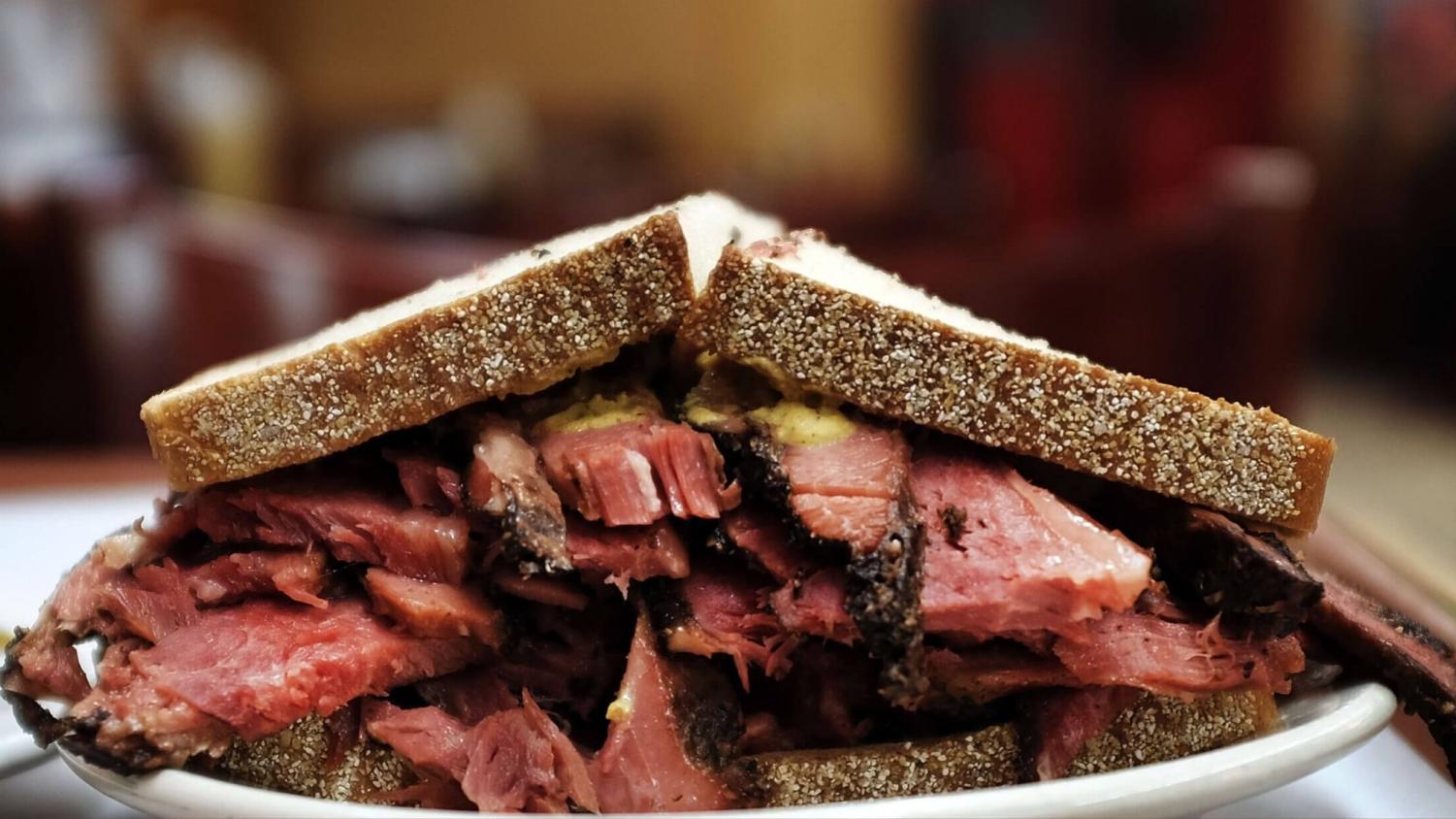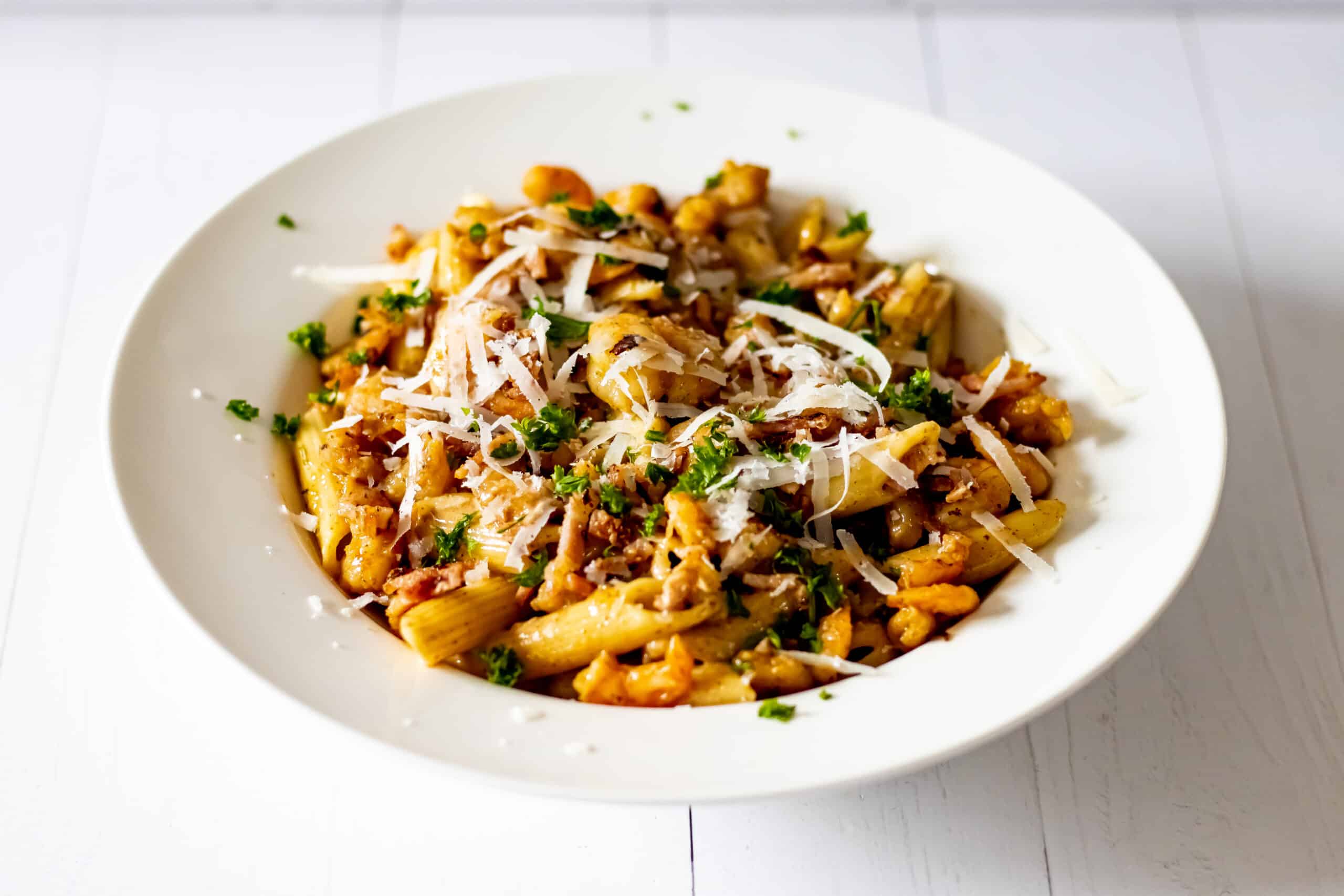Mongo: A Delicious and Nutritious Filipino Dish
If you're a fan of Filipino cuisine or simply love exploring new flavors, you may have come across the dish known as mongo. This popular Filipino food, also referred to as monggo, holds a special place in the hearts and stomachs of many. In this article, we'll delve into the delightful world of mongo, exploring its origins, ingredients, and the unique culinary experience it offers.
Origins of Mongo
Mongo has been a staple in Filipino cuisine for generations. Its roots can be traced back to the Philippines, where it has been enjoyed as a comforting and nourishing dish. The use of mung beans, the main ingredient in mongo, dates back centuries and has been a part of Filipino culinary traditions for a long time.
The Ingredients
The star ingredient of mongo is the mung bean, which is a type of legume commonly used in Asian cooking. The mung beans are typically boiled until soft and then combined with a variety of flavorful ingredients. These may include garlic, onions, and tomatoes for a savory base, as well as pork, shrimp, or fish to add protein and depth of flavor. The dish is often seasoned with fish sauce or soy sauce and can feature leafy greens such as spinach or malunggay. The combination of these ingredients creates a hearty and satisfying meal that is both nutritious and delicious.
Nutritional Benefits
One of the reasons mongo has remained a beloved dish in Filipino cuisine is its impressive nutritional profile. Mung beans are a rich source of protein, fiber, and antioxidants, making them a valuable addition to a balanced diet. The inclusion of protein from meat or seafood further enhances the dish's nutritional value. Additionally, the use of aromatic vegetables and herbs provides essential vitamins and minerals, making mongo a wholesome and nourishing meal.
Culinary Experience
Enjoying a serving of mongo is not just about savoring the flavors; it's also about the communal experience it offers. In Filipino culture, meals are often seen as a time for family and friends to come together, share stories, and create lasting memories. Mongo, with its comforting aroma and rich, hearty taste, is a dish that brings people together around the dining table, fostering a sense of warmth and togetherness.
Variations and Adaptations
Like many traditional dishes, mongo has evolved over time, leading to various regional variations and personal adaptations. Some may prefer a thicker, stew-like consistency, while others may opt for a soupier texture. The choice of protein and vegetables can also vary based on personal preferences and regional influences. Regardless of the specific preparation, the heartwarming essence of mongo remains constant, offering a taste of Filipino culinary heritage.
Enjoying Mongo
If you're eager to experience the delightful flavors of mongo, you can either seek out a Filipino restaurant that serves this beloved dish or try your hand at preparing it at home. Many recipes for mongo are readily available, and the process of cooking this dish can be a rewarding culinary adventure. Whether you're a seasoned cook or a novice in the kitchen, preparing mongo allows you to immerse yourself in the vibrant and aromatic world of Filipino cuisine.
In conclusion, mongo is more than just a dish; it's a representation of Filipino culinary tradition, nourishment, and togetherness. Its rich flavors, nutritional benefits, and cultural significance make it a standout in the world of global cuisine. So, the next time you're craving a taste of something truly special, consider indulging in a comforting bowl of mongo and savoring the unique and delightful experience it offers.
Was this page helpful?
Read Next: What Is Mustard Sauce?











